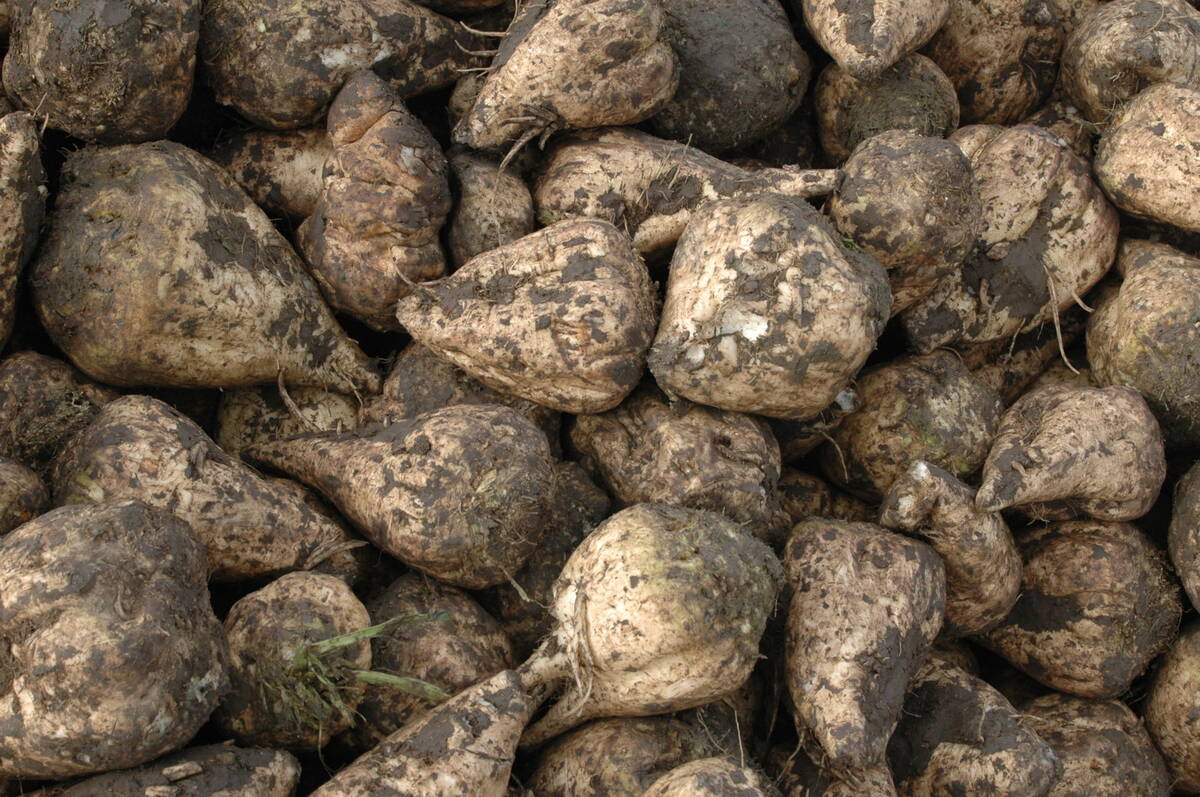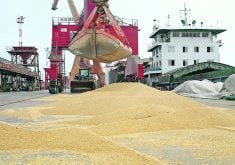Sugar and sweeteners — they are tasty, addictive and bad for health if over consumed. They are found in so much of our food.
They are also tied up in a subsidy, tariff and policy environment so complicated and disruptive that it makes the debate about supply management in Canada laughable.
I decided to write about this topic when I heard that U.S. president Donald Trump is coaxing American soft drink makers to switch from high fructose corn syrup (HFCS) to sugar.
Seems Trump is influenced by his secretary of health, Robert F. Kennedy, who has a crusade against HFCS and seed oils, which he sees as the two main culprits behind America’s problems with chronic illness and obesity.
Read Also

Volatile temperatures expected for this winter
DTN is forecasting a lot of temperature variability in the Canadian Prairies this winter. Precipitation should be close to average.
I’m no dietitian, but it appears that the majority of studies show similar health effects whether something is sweetened with sugar or HFCS. However, it is clear that eating too much of either hurts your health.
Yet Americans are among world leaders when it comes to soft drink consumption.
It is down from the peak in the late 1990s, but Americans still consume more than 150 litres a year. Canadians drink about 53 litres a year.
I don’t know how much of that is diet pop.
But still, it would seem that greater health benefits would be seen from getting Americans to drink less pop than from switching to sugar from HFCS.
But why do soft drink makers use HFCS at all?
It is mostly driven by U.S. sugar policy.
In the 1980s, producers of U.S. sugar from beets and cane convinced law-makers they needed protection from foreign unfair competition.
The 1985 farm bill started a series of protectionist measures, such as domestic marketing allotments, import quotas and high tariffs on imports exceeding the quotas.
Just this month, the U.S. Department of Agriculture and the Republican-controlled Congress provided further protections for sugar producers.
The result: U.S. domestic sugar is much more expensive than world prices.
In the previous decade, corn processors got good at making HFCS from corn, and it was cheaper than U.S. beet and cane sugar, so soda makers switched to HFCS.
If they are now forced to switch back to sugar, it will increase the price of the drinks and anger the powerful corn lobby.
This protectionism in U.S. sugar also dealt a nasty blow to Canadian sugar beet producers, who saw most of their export business disappear.
Canada did not protect its sugar beet industry. Only a pocket survives in southern Alberta.
We allow duty-free imports of raw cane sugar, mostly from South America. Canadian sugar processors rationalized into a few hands and became globally competitive.
They supply refined sugar to Canadian food and confection makers, and a lot of those sweet products are exported to the United States.
That’s right, it is hard to export sugar to the U.S. but fairly easy to export sweet, processed food.
The U.S. National Taxpayers Union Foundation complained last year that American candy and chocolate makers can’t compete.
The NTUF noted some processors were moving to Canada.
Ferrero International has invested heavily in its Brantford, Ont., plant, which makes Ferrero Rocher, Nutella and TicTac mints, including a $445 million expansion this year.
Blommer Chocolate Co. closed an old plant in Chicago and expanded production in other plants, including one in Ontario.
Two years ago, Hershey Co. bought back a chocolate factory in Smith Falls, Ont., that it closed in 2008 and sold in 2012. Hershey paid $53 million to get the building back, but has yet to announce what it will do with it.
In 2022, Swiss chocolate maker Barry Callebaut invested US$70 million, expanding its Chatham, Ont., plant
Rogers Sugar is spending $300 million at its refining plant in Montreal to increase production by 20 per cent.
Sucro Can Sourcing is building a new sugar processing plant in Hamilton, Ont.
This sector is booming. In 2024, Canada exported $5.3 billion in sugar and confectionary products to the U.S. We are the top supplier of such products to the U.S.
But all of it is endangered now because of the Trump tariff threats that might make Canadian sweets exports uneconomic.
Canada-U.S. negotiations are intensifying ahead of the Aug. 1 decline.
Prime minister Mark Carney has said the U.S. is not shifting from a stance that any deal must have some level of tariffs, but there is no indication what level of tariffs or if they will be universal or limited to specific sectors.
For the next few weeks, Canadian confection makers will be among the most worried about the outcome of the negotiations.
Meanwhile, 200 Alberta sugar beet farms survive, shipping to the Rogers/Lantic plant at Taber, which provides six per cent of Canada’s supply. They want a Canadian sugar policy that increases production to 16 per cent of domestic consumption.
They say it would create jobs, increase economic activity and be more sustainable because beets use less land and water than cane sugar.
To contact D’Arce McMillan, email newsroom@producer.com















